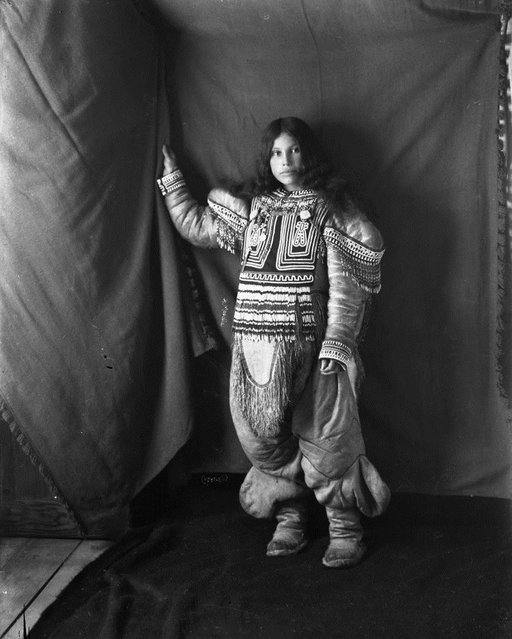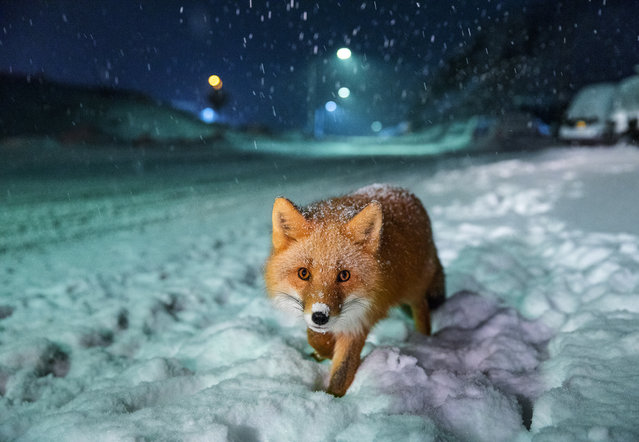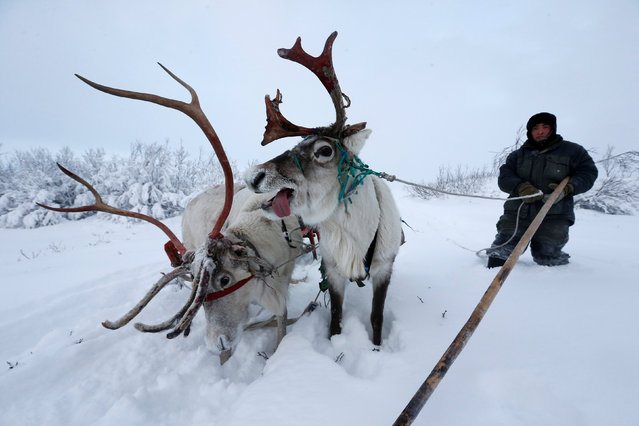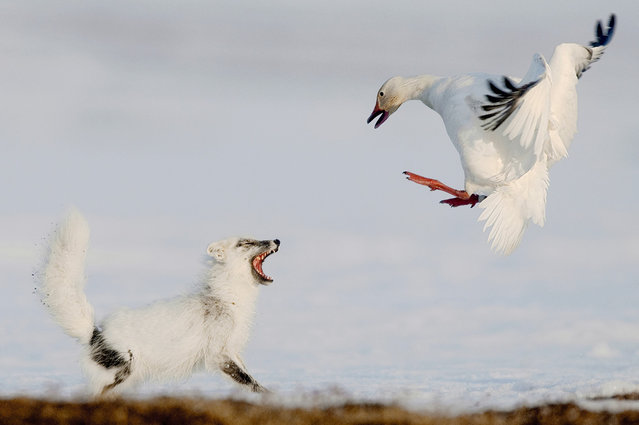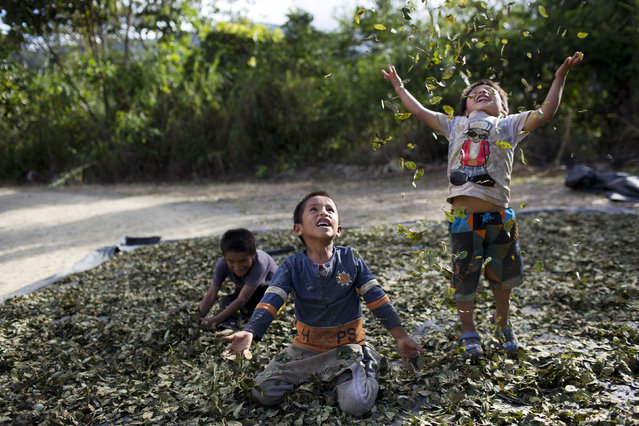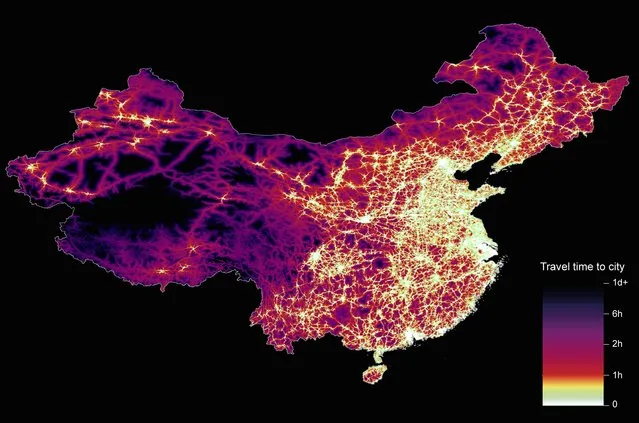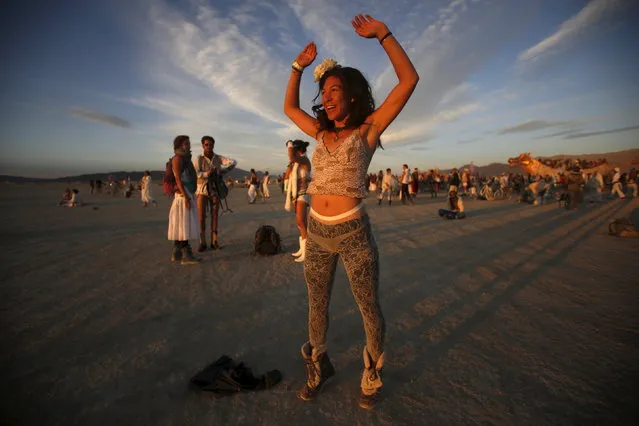
Tracy Sarita celebrates the sunrise during the Burning Man 2015 “Carnival of Mirrors” arts and music festival in the Black Rock Desert of Nevada, September 3, 2015. Approximately 70,000 people from all over the world are gathering at the sold-out festival to spend a week in the remote desert to experience art, music and the unique community that develops. (Photo by Jim Urquhart/Reuters)
05 Sep 2015 12:13:00,post received
0 comments

